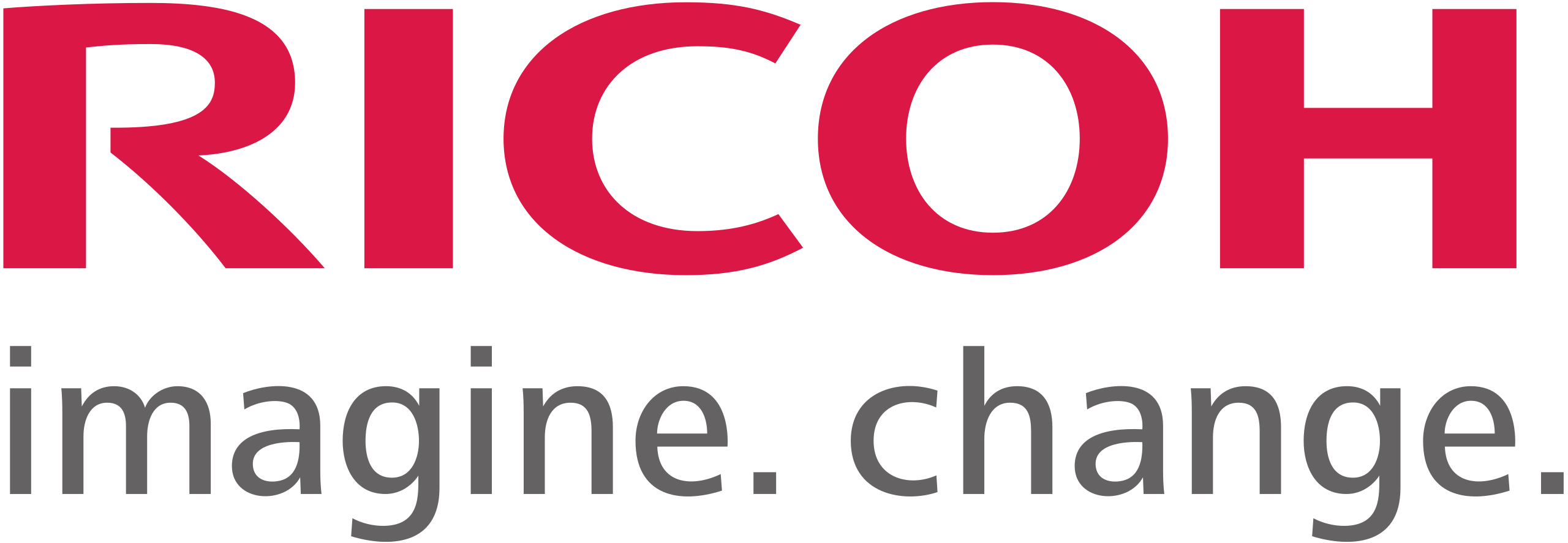1 min read
Managed IT Tips for an Effective Disaster Plan
By:
Kali Mogg
on
February 21, 2018
Updated: May 6, 2021

When it comes to any sort of disaster–whether natural or man-made–there’s only so much you can do in the moment. The real work needs to come beforehand when you carefully create and implement a disaster recovery plan. Luckily, managed IT is here to help.
Recovering with Managed IT
No matter what kind of disaster your company might face, managed IT can help you prepare for it. In fact, the whole process might be easier and less stressful than you think. That’s because managed IT is all about strengthening and streamlining what you already have, which means you won’t just be coming up with a recovery plan–you’ll actually be limiting your risks of falling victim to certain digital disasters.
So what would a disaster recovery plan look like with help from managed IT? The truth is that it depends on you and your needs–but a few key aspects will always be the same.
1. Goals
The most important thing for your recovery plan is to have a clear goal: get back online in the fastest, safest way possible. This often means that you’ll have to do a little “triage,” deciding ahead of time which processes and devices are most crucial.
2. Data backups
Backups are a critical part of every recovery plan, but having a few files saved on a USB isn’t reliable enough. A good rule of thumb is to have three separate backups stored on different types of devices–and to store one backup somewhere off-site.
3. Teamwork
Remember, during a disaster, one of your most important assets is your team. Everyone needs to know exactly where they should be and what they should be doing–and, most importantly, they need to have prepared for a disaster, so they don’t panic when something actually happens.
Does your disaster recovery plan need help from managed IT? Contact us today!












